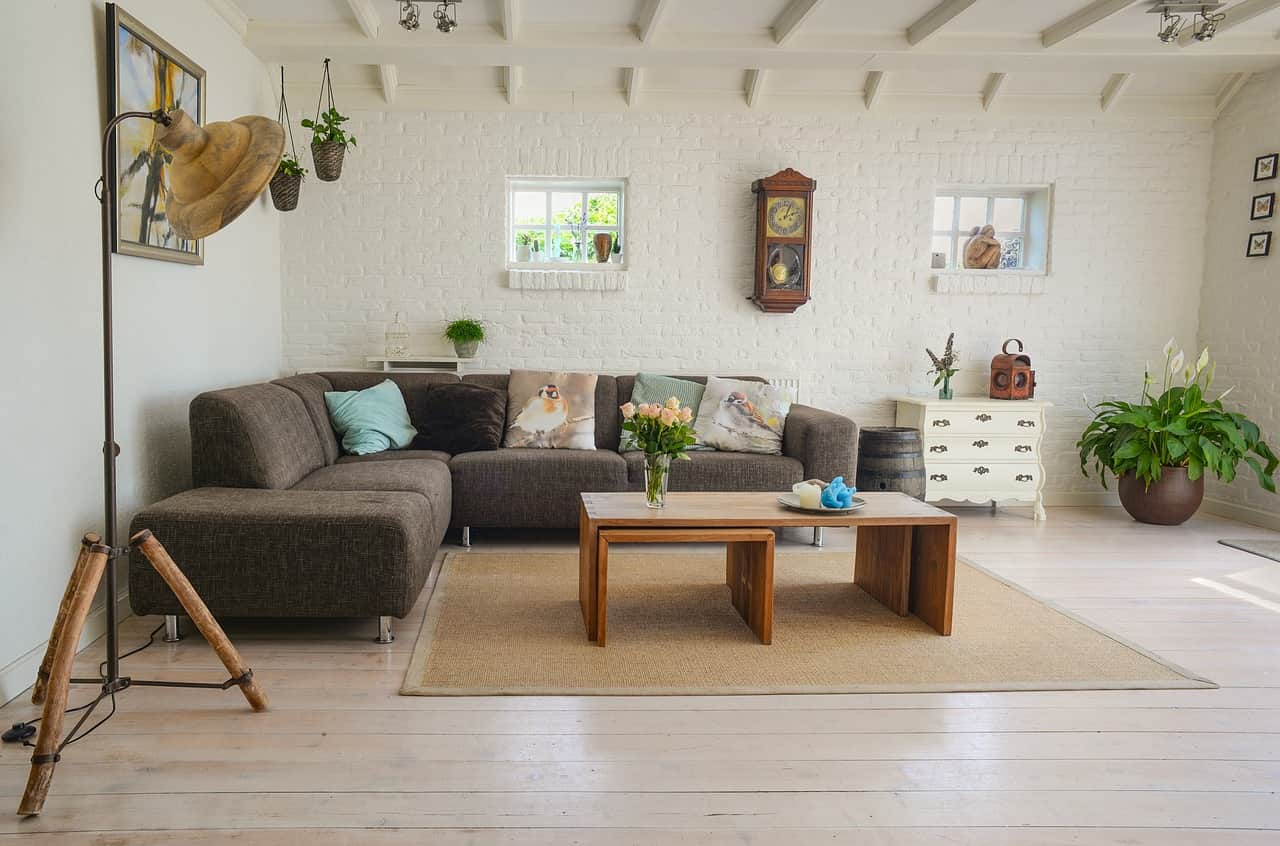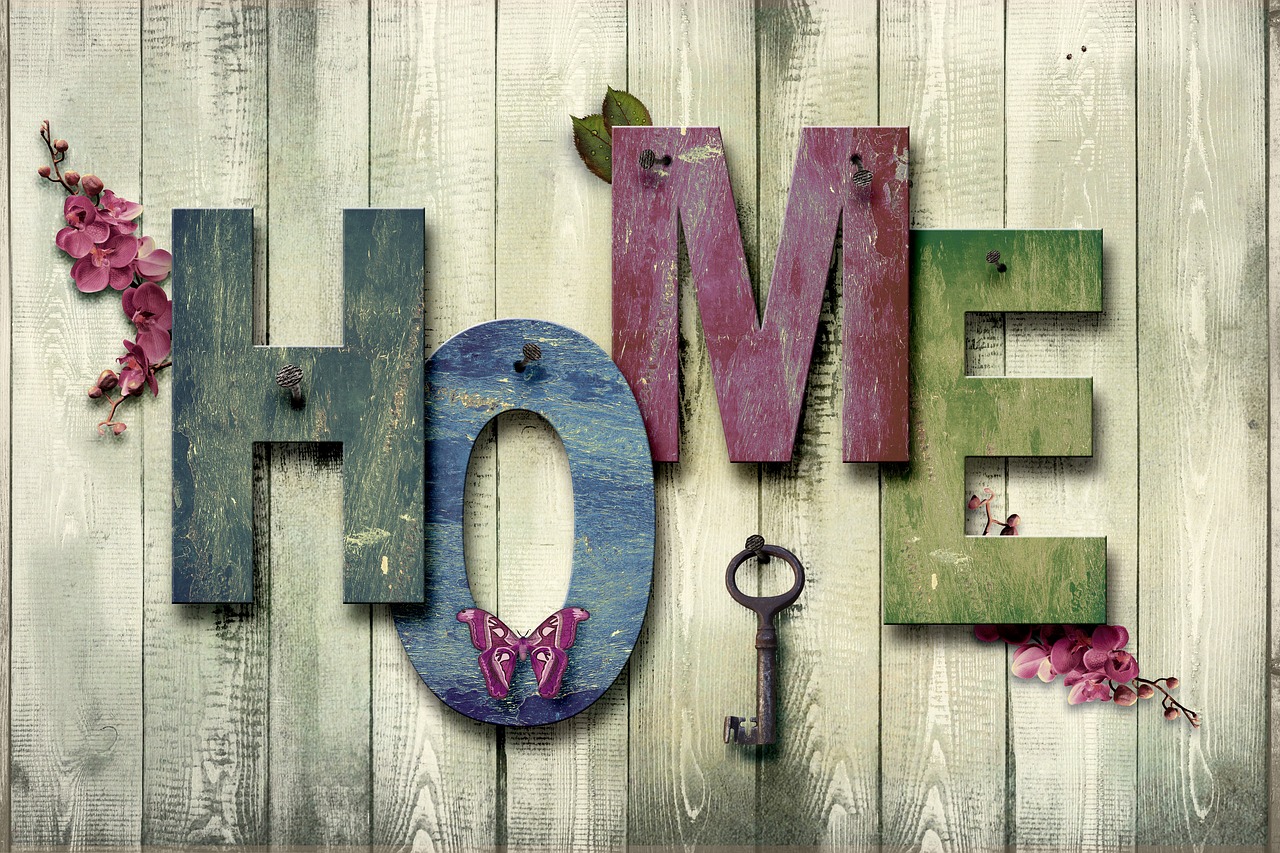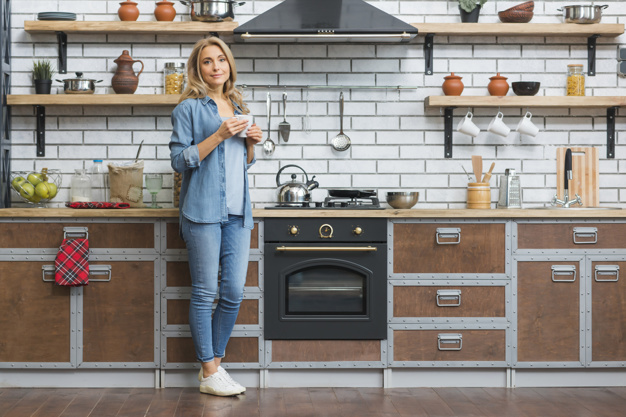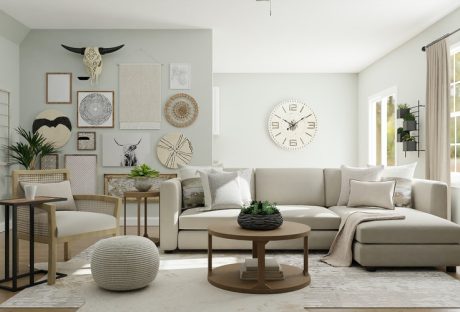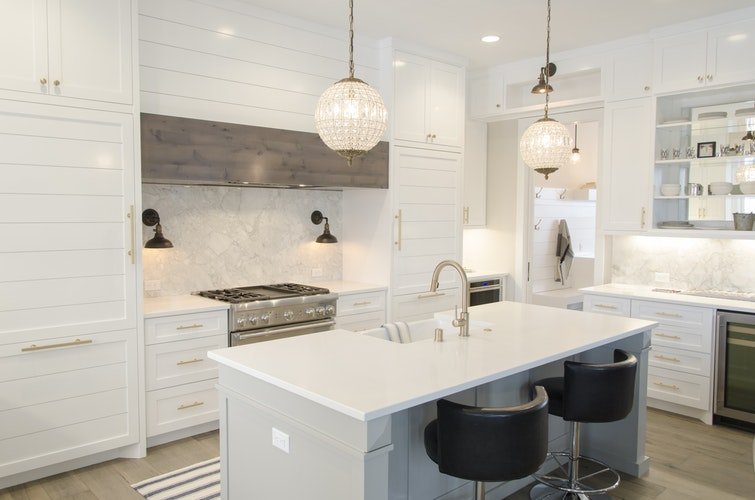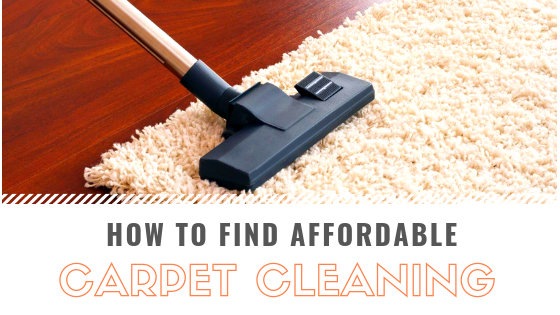After a long day at work, there’s no better feeling than coming home, putting your feet up and relaxing. But what would make this even better? Having your own space to relax.
But how do you create the right space? With the right decor in the right space, you can create your own little haven. Here are a few tips to get you started.
Create a reading hub
Do you want a private place to escape and get lost in the world of fiction? Creating your own little reading nook is easy and it can be anywhere – even in the alcove under the stairs! This cosy little area creates the perfect space to relax and gives you a little bit of privacy.
Make things extra cosy by adding some pillows or beanbag chairs for lounging. Add fluffy blankets and the right lighting to create a relaxed ambience. Finish things off by adding in a diffuser with a calming scent for the perfect, relaxed reading area.
Go au natural
Consider bringing the outdoors in when decorating your space. Fresh plants and flowers have positive health benefits and help to clean the air, helping you to relax in your favourite spot.
But don’t just stop there. Use blankets or furnishing with botanical prints or try cushions in different earthy tones to replicate the garden. Add different textures such as wood to create a more natural environment and a sense of calm
Experiment with colour
Classic neutral tones are known for their serenity and calm, but they aren’t the only colours to consider when creating a relaxing space. For example, green can set a calming tone while a soft yellow hue can create a relaxing warmth.
Start with a neutral colour palette and then add splashes of colour. Experiment with different shades and take note of how they make you feel. Colour can have a great impact on the feeling of a room so don’t be afraid to experiment and find the right balance.
Add calming scents
Introducing scents to your home is one the easiest ways to create a relaxed vibe. It’s also a quick way to relax as the receptors in your nose have a direct route to the portion of the brain that affects a sense of wellbeing.
There are a whole host of different scents to choose from too. From scented candles, diffusers and even perfume bottles, you’ll be spoilt for choice with so many wondering smells that help you sit back and relax.
Light up your space
When creating a relaxing atmosphere, lighting plays a big part. Ambient lighting helps to set the tone of a room, and with the right lamp, you can create a relaxed atmosphere in your own private space.
For areas such as your living room adding a chrome floor lamp to the room can make an impact and set the right tone. The metallic texture adds a touch of elegance and enhances ordinary objects such as chairs whilst the ambient lighting will set the mood.
Read Also:













